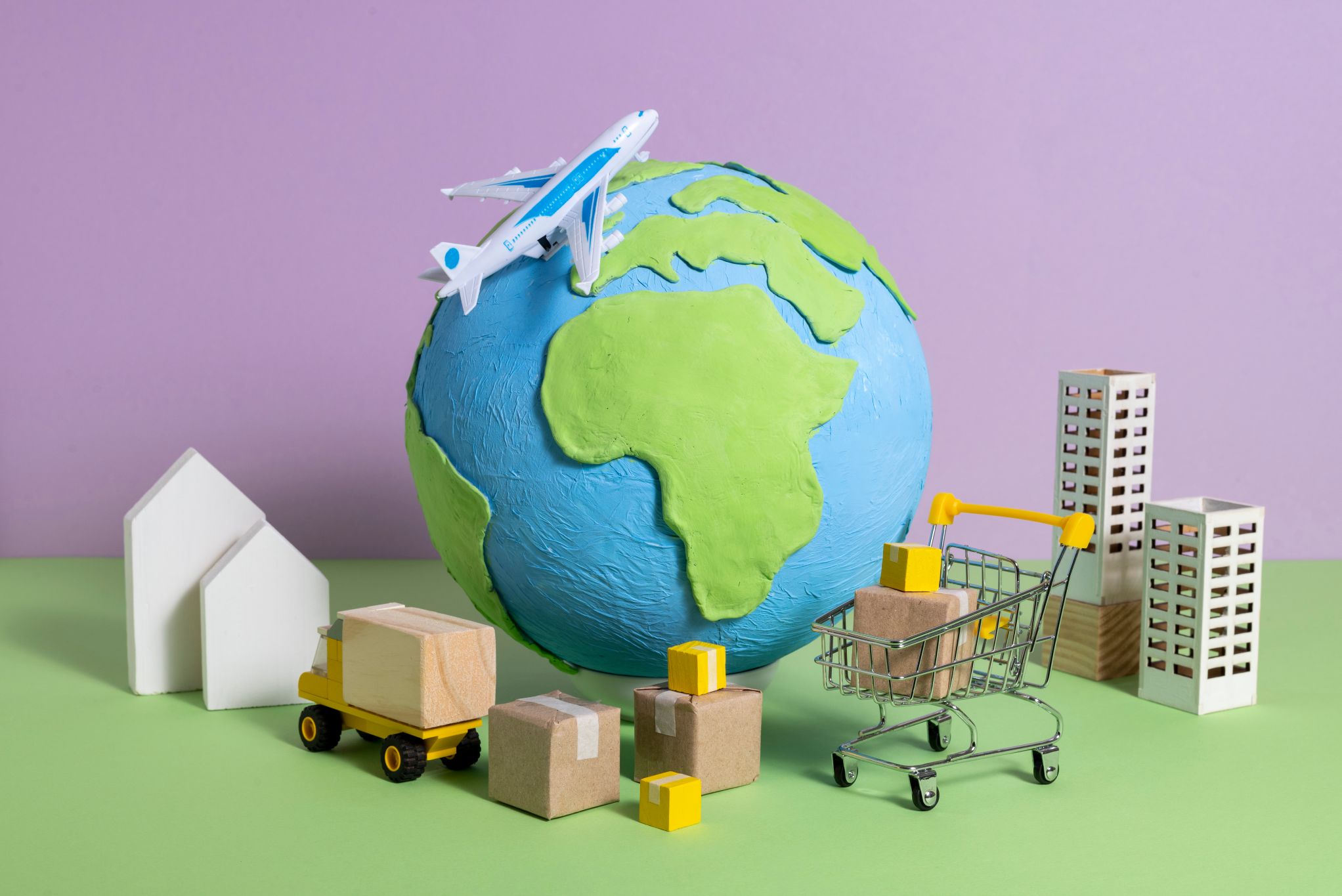As someone who’s been tracking global economic trends for indieproduct.info, I have to say that the latest forecasts are painting a picture of cautious optimism mixed with structural concerns. The International Monetary Fund and Euromonitor are both projecting global GDP growth of just over 3% for 2025, and while that might sound underwhelming, there’s actually quite a bit to unpack here.
“Steady, Not Speedy” – The New Economic Reality
When I first saw that “steady, not speedy” characterization, it really hit home. We’re living in an era where markets have become accustomed to either breakneck growth or dramatic contractions. But a consistent 3.2% growth rate? That’s actually remarkable stability in today’s volatile world.
As the IMF notes in their latest World Economic Outlook, “The global economy is showing resilience amid multiple headwinds.” This resilience is impressive, especially when you consider the geopolitical tensions, supply chain disruptions, and monetary policy tightening that have defined recent years.
The Credit Crunch Conundrum
One of the biggest factors capping acceleration, according to Euromonitor’s analysis, is “persistently tight credit conditions across both developed and emerging markets.” I’ve been speaking with small business owners and indie entrepreneurs worldwide, and this credit squeeze is very real.
What’s particularly challenging for the independent product ecosystem is how these tight credit conditions are affecting consumer spending patterns. People aren’t necessarily spending less – they’re becoming more selective about where they spend. This shift actually creates opportunities for well-positioned indie products that offer clear value propositions.

Trade Tensions and Their Lingering Effects
The trade rifts mentioned in these forecasts are having ripple effects that extend far beyond traditional manufacturing. I’ve been monitoring how supply chain diversification is creating both challenges and opportunities for indie product creators.
“Structural frictions from geopolitical fragmentation are reshaping global value chains,” according to recent Euromonitor research. What this means in practical terms is that indie founders need to be more strategic about their supply chains than ever before. The era of simple, linear supply chains is over – we’re in a world of networked, resilient supply strategies.
Regional Variations Tell an Interesting Story
Here’s where it gets fascinating from my perspective covering independent products globally. While the global average sits at 3.2%, there are significant regional variations that savvy indie entrepreneurs should be paying attention to.
“Emerging markets are expected to contribute about 70% of global growth,” as the IMF reports. This statistic alone should be music to the ears of indie founders looking to expand beyond saturated Western markets. Countries like India, Indonesia, and several African nations are showing particular promise for independent product launches.
Inflation’s Subtle Impact on Consumer Behavior
While inflation rates are moderating from their peaks, the psychological impact on consumer spending remains significant. I’ve noticed this shift in my own purchasing behavior and in conversations with thousands of consumers through indieproduct.info’s research initiatives.
People are becoming more value-conscious, but not necessarily price-sensitive. There’s a crucial distinction here. Consumers are willing to pay for quality and clear value, but they’re demanding more justification for their purchases. This trend actually favors indie products that can clearly communicate their unique value propositions.
The Technology Sector’s Measured Growth
For those of us in the tech and independent product space, the forecast suggests “moderate but sustained growth in digital transformation investments.” This is encouraging news, as it indicates that while the explosive growth phase may be over, the fundamental shift toward digital solutions continues.
I’ve been tracking how this measured growth is actually creating more sustainable opportunities for indie tech products. Instead of the boom-and-bust cycles we saw during the pandemic, we’re entering a phase where quality and utility matter more than hype.

Implications for Independent Product Creators
What does this “steady, not speedy” environment mean for indie founders? From my analysis and conversations with successful independent product creators, several key strategies emerge:
First, resilience trumps rapid scaling. Companies that focus on building sustainable business models rather than chasing explosive growth are finding success in this environment. I know several indie founders who’ve deliberately slowed their growth to focus on profitability and customer retention.
Second, geographic diversification becomes crucial. With emerging markets driving 70% of global growth, indie product creators who can successfully navigate these markets will have significant advantages.
The Silver Lining for Indie Innovation
Despite the cautious forecasts, there’s actually good news here for independent innovation. “Structural frictions” often create opportunities for agile players who can navigate complexity better than large corporations. As the IMF notes, “Smaller, more adaptable enterprises are better positioned to capitalize on emerging market opportunities.”
This is where indie product creators have a natural advantage. We can move faster, adapt more quickly to changing conditions, and often provide more personalized solutions than corporate alternatives.
Preparing for a Sustainable Growth Era
Looking at these forecasts, I believe we’re entering an era where sustainable, measured growth will be more valuable than explosive expansion. For indieproduct.info readers, this means focusing on building genuine value, creating resilient business models, and positioning products for long-term success rather than short-term gains.
The 3.2% global GDP growth figure isn’t a ceiling – it’s a foundation. For indie entrepreneurs who understand how to build on this foundation, the opportunities remain substantial.
